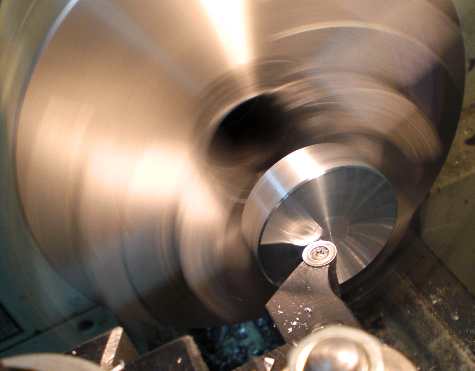Hey guys!
How do you guys go about removing your tooling marks on aluminum.. I know how to wet sand them and polish to mirror finish... Is there a special technique you guys do to achieve such a smooth surface?
Perhaps i need to purchase better end mills or something.. I've just been using 2/4 flute center cutting end mills..
Thanks in advance!
How do you guys go about removing your tooling marks on aluminum.. I know how to wet sand them and polish to mirror finish... Is there a special technique you guys do to achieve such a smooth surface?
Perhaps i need to purchase better end mills or something.. I've just been using 2/4 flute center cutting end mills..
Thanks in advance!












